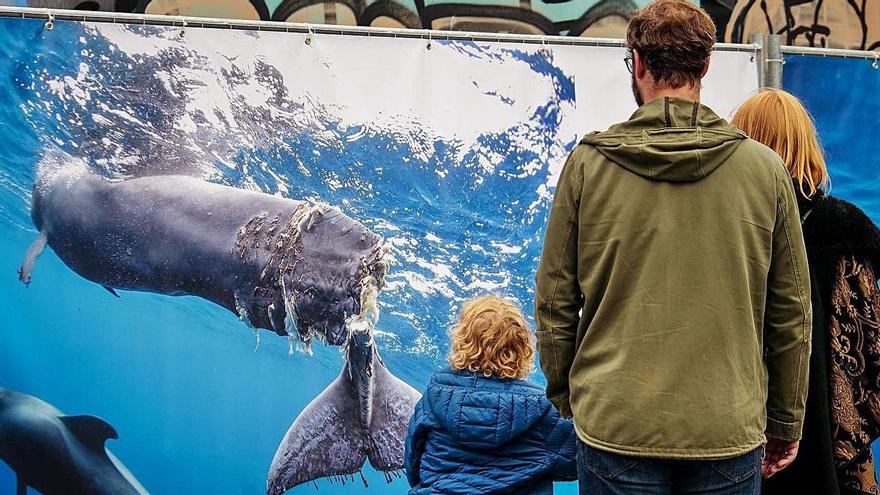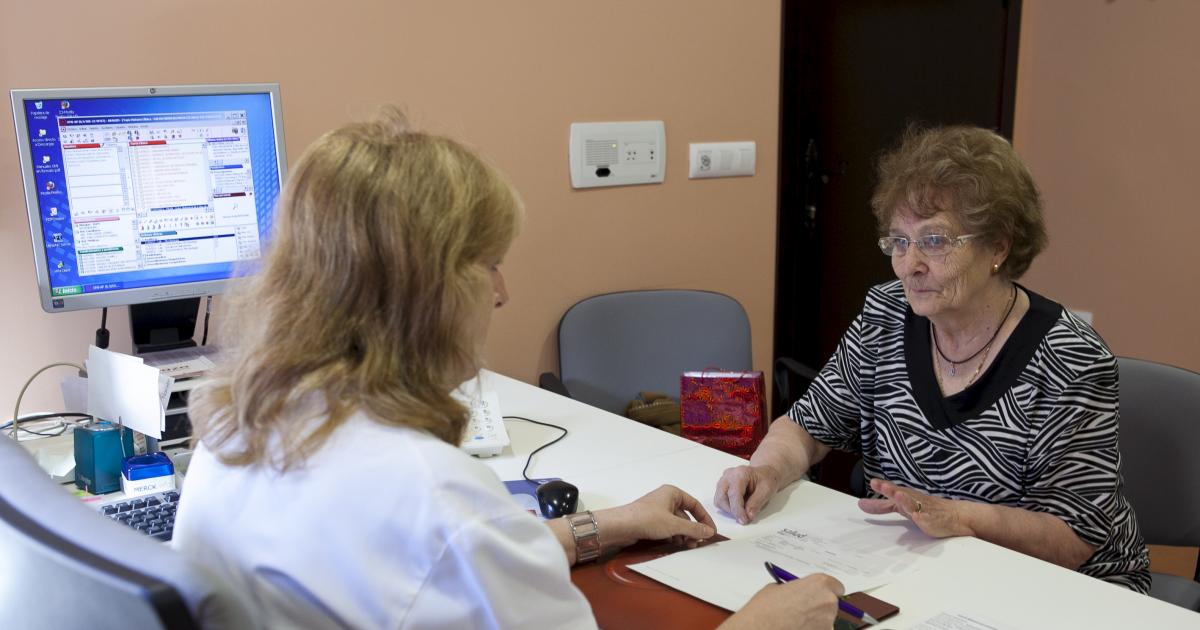–
After the Wildlife Photographer of the Year award in 2020, in the wildlife photography category, the Natural History Museum of London once again rewards this prestigious Tenerife underwater photographer with the gesture of sharing some of his best images through the social media.
–
The Natural History Museum (MHN), London, United Kingdomor, in 2020 awarded the Portuguese photographer Francis Pérez with the prestigious Wildlife Photographer of the Year award, in the wildlife photography category for the image of a wounded pilot whale. This week, the MHN uses its social networks, with hundreds of thousands of followers around the world, to promote and give even more visibility to some of the best images captured by this photographer and economist from Puerto de la Cruz.
«It is an honor that they share my work through networks such as Instagram (nhm_wpy) and, deep down, it is like receiving one more award. A recognition of a lot of years of effort ”, Francis Pérez told EL DÍA yesterday, who explains that the museum called him to announce that for seven days they planned to show some of the best photographs he has captured in dives in Tenerife and in the middle world, from the Red Sea, in Egypt, to Mozambique, South Africa, Indonesia, the Philippines, Micronesia, Ecuador, Chile or Mexico. Covid-19 has prevented him from traveling to Norway to take pictures in the Arctic Circle in the coming days. “I had to be there in August, but it could not be due to the restrictions imposed by the pandemic,” he laments.
Francis Pérez was born on March 25, 1970 in Puerto de la Cruz and since the 90s of the 20th century, he made diving one of his great passions. «I estimate that I have been taking photos since 1999, first as a hobby; later as a hobby that allowed me to cover costs, and for a few years as a way of life and one of my main sources of income “, he recalls. Pérez has a degree in Economics and, until 2011, he combined underwater photography with work in a consulting firm.
Some of the He has lived the most intense moments of his professional life in Tenerife, surrounded by pilot whales or watching imposing fin whales eat. He points out that “being in front of a fin whale when it gobbles up a ball of fish is something indescribable, like attending a banquet in Chile with 30 25-meter whales eating krill.” That is why he has become a staunch opponent of the port of Fonsalía, which he intends to build on a coast that he knows well. “There is an immense biodiversity there and if they build that port, they are going to load one of the most important sanctuaries of underwater life in Europe”, warns the author of the image of a pilot whale with a half-sectioned tail that has become a icon of the fight against this work.
– .


